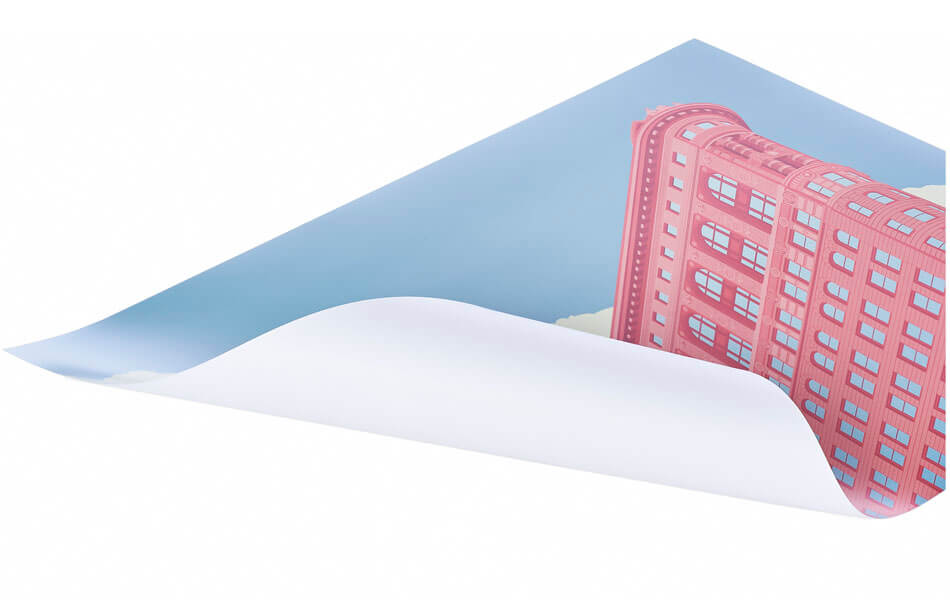Buy the photo Nijmegen, the old city by Lex Schulte on canvas, ArtFrame, poster and wallpaper, printed on demand in high quality.
About "Nijmegen, the old city"
by Lex Schulte
About the artwork
A nice view of the old city with the tower of St Stevenskerk in the background. This piece of old town has been preserved and is one of the last pieces. A large part of the lower city was destroyed in the second world war during the "mistake" bombing.
Nijmegen is a city and municipality in the Dutch province of Gelderland, close to the border with Germany. The municipality has 174,575 inhabitants (30 April 2017) and is the largest in the province and eastern Netherlands and the tenth of the Netherlands in terms of population.
The city lies largely on the south bank of the Waal, at the foot of a moraine. Part of the municipality is on the other side of the river. This concerns the so-called Waalsprong, an annexed area in which the village of Lent and a part of Oosterhout are located. Together with Arnhem, Wijchen and 17 other municipalities in the area, Nijmegen forms the Arnhem Nijmegen City Region (SRAN, formerly KAN) and is affiliated to the Euregio Rhine-Waal partnership.
Nijmegen has a long history that goes back more than 2000 years. As Ulpia Noviomagus Batavorum it received market rights around the year 100. In 1230 Nijmegen became a free state city and in 1402 a hanseatic city. After Nijmegen once housed an Illustrious Academy between 1655 and 1679, the city has been a university town since the arrival of the Catholic University (the current Radboud University) in 1923.

About Lex Schulte
I am a teacher with a hobby who likes to share what he has made... Read more…
 Germany
Germany Ordered in August 2019
Ordered in August 2019
 Netherlands
Netherlands Ordered in July 2025
Ordered in July 2025
 Netherlands
Netherlands Ordered in October 2020
Ordered in October 2020
 Germany
Germany Ordered in May 2022
Ordered in May 2022
 Germany
Germany Ordered in November 2020
Ordered in November 2020
 Netherlands
Netherlands Ordered in October 2017
Ordered in October 2017
 Netherlands
Netherlands Ordered in October 2018
Ordered in October 2018
 Germany
Germany Ordered in March 2019
Ordered in March 2019
 Netherlands
Netherlands Ordered in December 2024
Ordered in December 2024
 Netherlands
Netherlands Ordered in May 2020
Ordered in May 2020
 Germany
Germany Ordered in January 2022
Ordered in January 2022
 Netherlands
Netherlands Ordered in August 2017
Ordered in August 2017
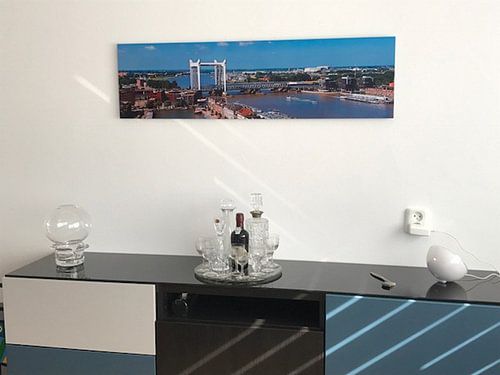
About the material
ArtFrame™
Interchangeable Art Prints
- High-quality print
- Easily interchangeable
- Acoustic function
- Large sizes available
Discover the artworks of Lex Schulte
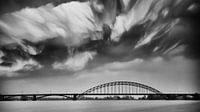 Waalbrug NijmegenLex Schulte
Waalbrug NijmegenLex Schulte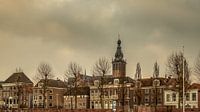 Nijmegen, the old cityLex Schulte
Nijmegen, the old cityLex Schulte Mirror, mirrorLex Schulte
Mirror, mirrorLex Schulte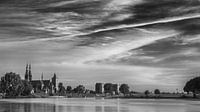 Cuijk (black and white)Lex Schulte
Cuijk (black and white)Lex Schulte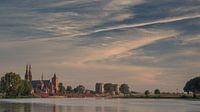 Cuijk awakensLex Schulte
Cuijk awakensLex Schulte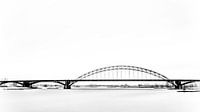 Waal bridgeLex Schulte
Waal bridgeLex Schulte CuijkLex Schulte
CuijkLex Schulte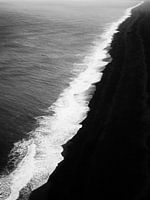 Black beachLex Schulte
Black beachLex Schulte Steam train #2Lex Schulte
Steam train #2Lex Schulte RobinLex Schulte
RobinLex Schulte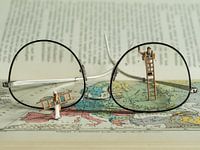 The window washers #1Lex Schulte
The window washers #1Lex Schulte Man with newspaper #5Lex Schulte
Man with newspaper #5Lex Schulte Who did this?Lex Schulte
Who did this?Lex Schulte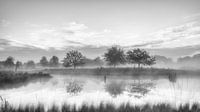 Trees in morning mist, black and whiteLex Schulte
Trees in morning mist, black and whiteLex Schulte TriptychLex Schulte
TriptychLex Schulte Trees in the morning mistLex Schulte
Trees in the morning mistLex Schulte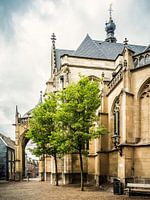 Entrance st StevenskerkLex Schulte
Entrance st StevenskerkLex Schulte Infrared panaorma fensLex Schulte
Infrared panaorma fensLex Schulte Nijmegen by night #4 (black and white)Lex Schulte
Nijmegen by night #4 (black and white)Lex Schulte Into the distanceLex Schulte
Into the distanceLex Schulte
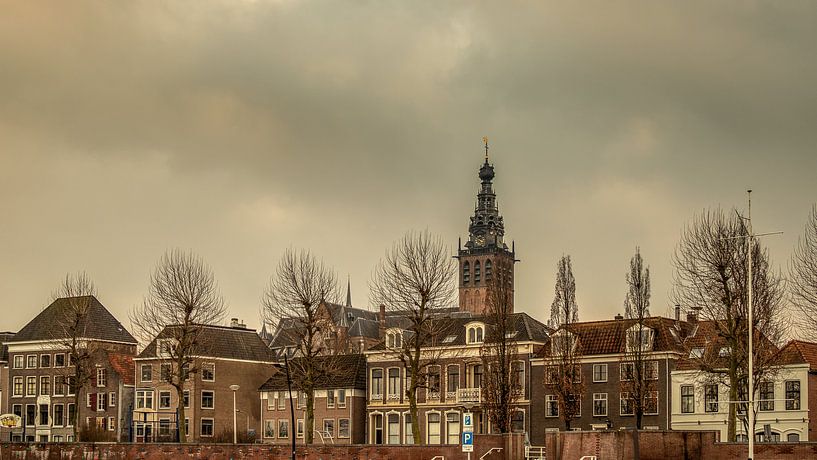
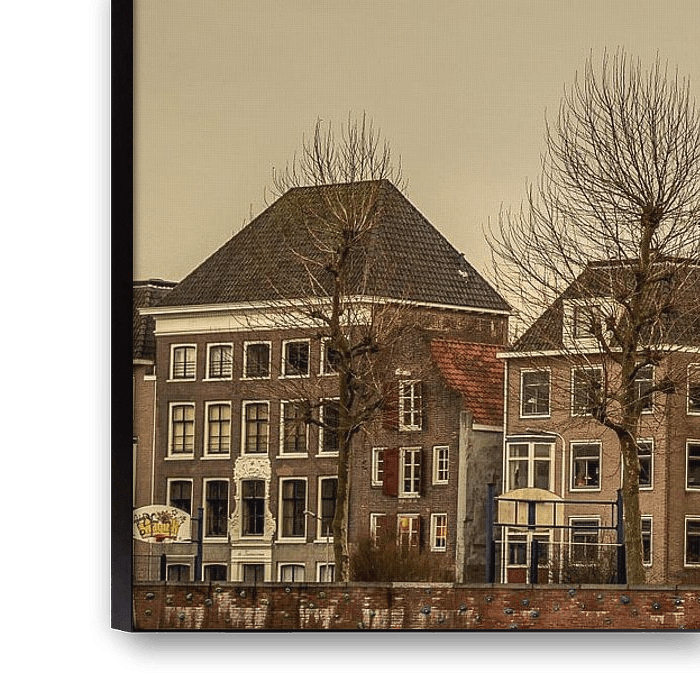
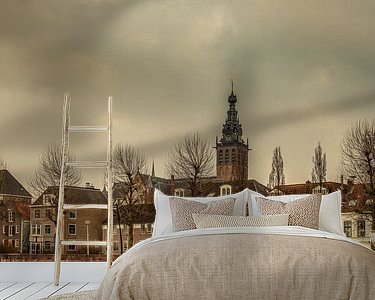


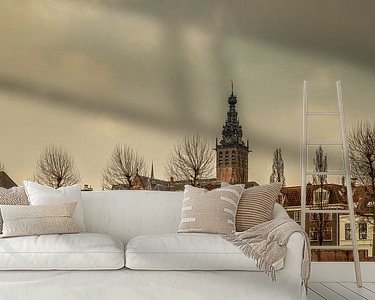


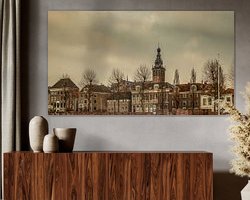


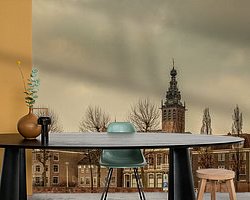
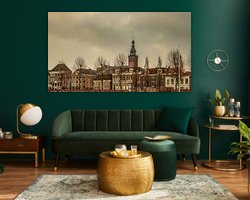
 Architecture
Architecture Church
Church Melancholic Elegance
Melancholic Elegance Nijmegen
Nijmegen Photo wallpaper
Photo wallpaper Photography
Photography Serene Peace
Serene Peace Urban landscapes
Urban landscapes Vintage
Vintage





